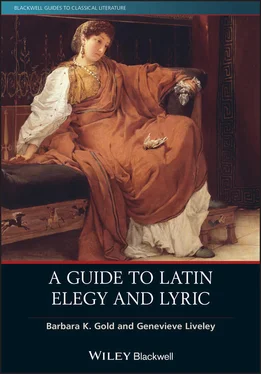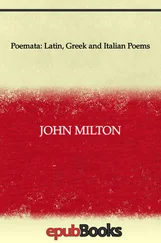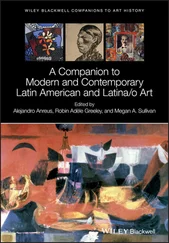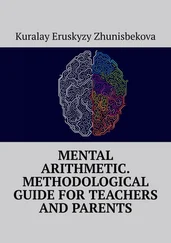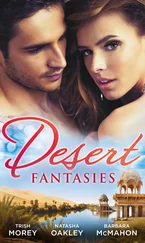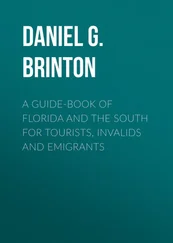Chapters 4and 5cover the elegists Tibullus and Propertius who were almost exact contemporaries. Both poets wrote only in elegiac couplets, and Quintilian counts them as among the major Roman elegists. Tibullus wrote two books of elegies with a third book, the Corpus Tibullianum , added on probably in the same period, but that book contained poems written by several other poets. Tibullus’ poems proceed not in a linear fashion but by association of ideas, often with no logical transition; they have been described as dreamlike. They are often addressed to two female lovers, Delia and Nemesis (both pseudonyms) and to a male lover, Marathus. Unlike Tibullus, Propertius writes in a less associative manner and engages more clearly with his Roman world, very often mentioning politics and political figures like Maecenas. Most of Propertius’ love poems are addressed to a lover he calls Cynthia, who plays a major role especially in Book 1. He describes her in such a way as to make her seem real, giving her a “reality factor,” but most people see her as a “written woman,” part of the poetry of Propertius’ text. Like Catullus and Tibullus, Propertius names Callimachus as his poetic ancestor, using Callimachean poetics as the underpinnings of his poetry.
Chapter 6is devoted to Ovid, who wrote in the relatively stable period of the Augustan “golden age.” His considerable elegiac corpus (extant works comprising Amores, Heroides, Ars Amatoria, Remedia Amoris, Fasti, Tristia , and Epistulae ex Ponto ) inventively reworks the model of love elegy popularized by his predecessors, “womanufacturing” a patently fictitious mistress (Corinna) to serve as the focus for his Amores , exaggerating established elegiac figures and tropes, and expanding the elegiac story-world to include more female voices and viewpoints, and a more cynical and ludic approach to life, love and literature. We focus this chapter on the evolution of core elegiac conceits and motifs across his seven elegiac works.
Chapter 7is devoted to the only extant female elegiac poet, Sulpicia. Her poems are preserved as part of the Corpus Tibullianum . Sulpicia was a niece of the Augustan politician and literary patron, Messalla, and she was a contemporary of Horace and Tibullus. The six extant elegies written by Sulpicia (or so we think) offer the rare opportunity to experience an ancient female voice and viewpoint, and to witness the elegiac world from a unique perspective in which the mistress or puella speaks and tells her side of the story. Key elegiac motifs are therefore subject to radical revision as Sulpicia presents a very different view of sex and gender, politics (both sexual and imperial) and patronage, myth, and religion. The poetry of Sulpicia has given rise to heated critical debate in recent years concerning uncertainties about authorship, the constitution of literary canon, and (so called) “feminine Latin,” making her slender elegiac corpus particularly useful and interesting in re-evaluating modern approaches to ancient elegiac poetry.
Chapter 8is devoted to other poets including the poets in the Corpus Tibullianum , and post-Augustan elegiac and lyric poets. These are poets who have reached us in fragmentary form or under the guise of pseudonyms and about whom we know far less than the poets discussed in Chapters 2– 7. Here we look closely at the third book of the Tibullan corpus (the Corpus Tibullianum ); this contains poems by Sulpicia and other poems by a supposed “friend” of Sulpicia ( Amicus Sulpiciae ), poems by a certain Lygdamus, by an anonymous author of a panegyric to Messalla and by another anonymous author of two poems about rumors and unfaithfulness. These poems have engendered discussion about the nature of originality, gender, aesthetics, and the nature of elegiacs; they give us further clues to understanding the genre of elegy even in their fragmentary or anonymous form.
Chapter 9provides an overview and analysis of the key themes and topics, figures, and tropes that elegy and lyric typically incorporate; these include two “umbrella” tropes , militia amoris (“the warfare of love”) and servitium amoris (“the slavery of love”); sexuality and gender; poetic community and friendship; politics and patronage; myth and religion; Romanitas and masculinity; love as a disease, madness, or fire; magic, witchcraft, and the lena ; speech and silence; time; wealth and poverty; empire and imperializing; the closed door ( paraclausithyron ) and the shut-out lover ( exclusus amator ); counting and numbers.
Chapter 10gives an overview and analysis of the key critical approaches to elegy and lyric in current scholarship; these include autobiographical realism; psychoanalysis; gender and sexuality; narratology; reception; and decolonization. Various approaches have fallen in and out of fashion among critics and commentators, but these are the key critical and theoretical approaches that remain influential in current scholarship. They also suggest some likely areas for further development in the future.
Working with a co-author is not always easy, fun, or productive. Speaking for myself (Barbara Gold), in this case, my co-author (Genevieve Liveley) has been a terrific partner in this enterprise in every way. Writing on opposite side of the Atlantic in different time-zones and during a global pandemic has brought certain challenges to our work, but both of us have thoroughly enjoyed the opportunity to spend time dedicated to reading, thinking, and sharing our ideas about the Latin lyric and elegiac poets. We are grateful to our students at Hamilton and Bristol, respectively, who have helped us road-test and refine the material for this book. And special thanks to Lottie Brown for ably assisting with our bibliographies and indexes. We are also grateful to our editors at Wiley for their patience and assistance in bringing this book into print.
We dedicate this book to: (Barbara Gold): my husband, Carl Rubino, who could not understand how on earth anyone could write a book about Horace for people who do not know Latin, and to my granddaughter, Annabel Calvo Gold, a very smart young lady who is destined for big things; and (Genevieve Liveley) to my husband, Richard Huxtable, for his persistence in mischievously mispronouncing “elegiac”.
Introduction: How to Read and Teach a Latin Elegiac or Lyric Poem
Part I: How to Read a Latin Elegiac or Lyric Poem
Translating the original Latin of a lyric or elegiac poem into English is only part of what it means to read and enjoy this kind of poetry. Lyric and elegiac poetry is particularly rich in the use of poetic devices and literary effects, so understanding how these literary features operate is important if we want to fully understand and appreciate the poems in these genres. William Fitzgerald’s 2013 book, How to Read a Latin Poem: If You Can’t Read Latin Yet (a book which is also extremely useful if you can read Latin), describes poetry as a “heightened form of speech” precisely because it uses these features. He points out that poetry “is memorable, powerful, and sensitive to complex nuances of feeling and meaning. It may signal its heightened nature by using metre and rhyme …, but most of us can tell that we are reading poetry simply by the way language is used” (Fitzgerald 2013: 2). As this description suggests, lyric and elegiac poetry uses language carefully . It arranges its words according to the pattern of a particular rhythm or meter, and it plays around with word order. It sometimes uses unusual or special vocabulary, and it often employs figurative language such as metaphor, symbolism, and simile.
If we think of Latin lyric and elegy as a “heightened form of speech,” some important characteristics of these genres come more clearly into view. First, this kind of poetry typically has a speaker and an addressee: if we are to fully understand a poem’s meaning we must try to identify who is speaking to whom (look out for someone’s name appearing in the first few lines – often in the vocative case). Second, this kind of poetry is written to be read aloud, and the way that it sounds makes an important contribution to its overall emotional affect and meaning. You should always try to read a Latin poem out loud (even if you aren’t quite sure what the Latin means). When you do, you’ll notice clever sound effects at work, among them features such as: alliteration , the repetition of initial consonant sounds; assonance , the repetition of vowel sounds; anaphora : the repetition of a word or phrase; apostrophe , directly addressing someone (possibly even the poet himself – Catullus particularly likes to do this); and onomatopoeia , words that sound like their meaning (the hissing sound produced by lots of Ss, or the murmuring sound produced by lots of Ms, for example).
Читать дальше
